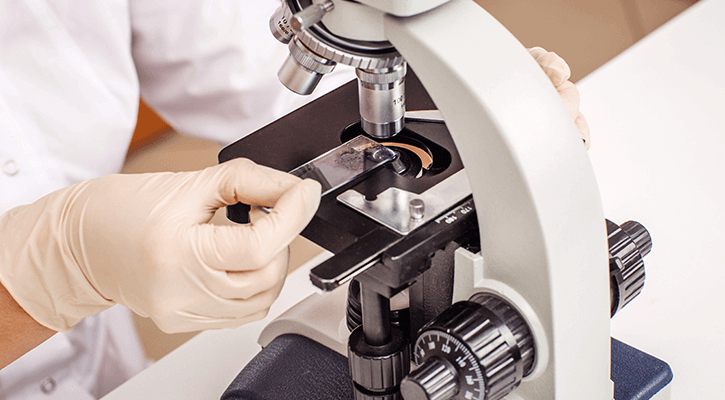
Diagnostics
How We Determine What is Wrong When Your Pets Can’t Talk
Every pet that is presented to us is unable to speak to tell us what might be wrong, but as we like to say, they never lie to someone who is willing to listen. We believe that the best diagnostic tools start with our own five senses. Each exam begins by simply observing the animal in their carrier or as they walk about the room. Their posture, facial expressions, breathing, and awareness tell us a great deal. We then ask the owner questions that will provide us with important clues. Our direct physical exam starts at the nose and goes to the tip of the tail and involves touch and gentle pressure, visual observation, smelling for any unusual odors, and listening with our ears and stethoscope for unusual sounds in the chest, abdomen, or upper airways.
The next step is often some laboratory work processed in our own, in-house lab. This can be as routine as testing for Heartworm disease and Tick borne diseases, as general as complete blood cell counts and organ chemistries, or more specifically checking for the levels of lipase, fructosamine, antiseizure drugs, cortisol, or bile acids. Most of these results are available in minutes after the blood sample is acquired. The results of these comprehensive tests will guide us as we make a diagnosis and then a treatment plan.
When radiographs (x-rays) are indicated, we have digital radiology at our disposal that allows us to take better radiographs using less radiation than before, and to store, manage, and enhance those images. In pets with significant abdominal issues, we will use contrast agents to follow the flow of food and fluids through the digestive tract. In cases where Ultrasound images would be useful, we refer those owners to an experienced specialist who can accurately identify most problems and potential solutions.
But even with the latest in technology, it all starts with a simple, low tech, physical exam.
Our clients are often pleasantly surprised that many complex issues can often be diagnosed and a comprehensive treatment plan created in a single visit. One reason for this efficiency is that a single veterinarian manages every aspect of the case by taking the history, performing the physical exam, evaluating the lab work, and interpreting the radiographs to find the best solution for your pet.
